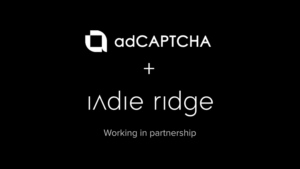Behind the Curtain is a monthly column from Redbud, the ‘adtech voice of truth’, digging deep each month to discover what’s really going on buried deep in the adtech layers around publishers’ sites.
By Chloe Grutchfield, Co-Founder, RedBud
Creativity throughout digital advertising has been a hot topic over the last decade, with the latter five years seeing the rise – and demand – for personalisation and interactivity. Many brand marketers are looking to answer these demands from consumers to be more relevant to who they are and where they may be. But what impact is this having exactly?
According to a report from Ad Lightning, more than 40% of online ads are larger than industry standards, slowing down websites and frustrating users with crawling load times.
Last week, we had one of our monthly meetings with a client to take them through one month’s worth of DIAGNOSE data: the good, the bad and the ugly. It was an eye opener. Complex creative seriously impacts publishers’ website performance and it comes at a cost.
Let me tell what we found.
Between April and May, some of our client’s key website stats deteriorated: their ‘Time to Interactive’ was up by 30% and their ‘Google speed’ score down by 29% – in just one month. A decrease in Google speed score has a pretty big knock on effect on search engine rankings, subsequently affecting page views. And well, let’s be honest, on revenue too.
Data from our tool, DIAGNOSE, revealed that more HTTP request/responses were being fired within the first few seconds’ load time, causing more weight. The main drivers for this change were identified as viewability, brand safety and verification content: it was significantly heavier (20%) in the very first seconds of web page load across each session we captured and also presented on double more sessions.
As a result, the user is having to wait 30% longer for the website to become interactive.
But why?
Throughout May, we discovered that many more direct ads were running on their website: complex creatives with numerous trackers and scripts measuring things such as viewability, non-brand safe environments, and detecting bot traffic. It seems that our efforts to champion brand safety and viewability are causing hidden issues that slash revenue.
Now, we’re not saying that transparency, brand safety or viewability shouldn’t be high on our agenda, quite the contrary, but it’s clear there’s room for improvement when you compare the performance of a website with light creative vs. the performance with complex creative.
So, what’s the solution?
We’re working on an exciting publisher-wide project with the AOP to explore this particular issue and more. More to follow soon. Stay tuned and if you want more information, do get in touch with us info@redbud-media.com.











